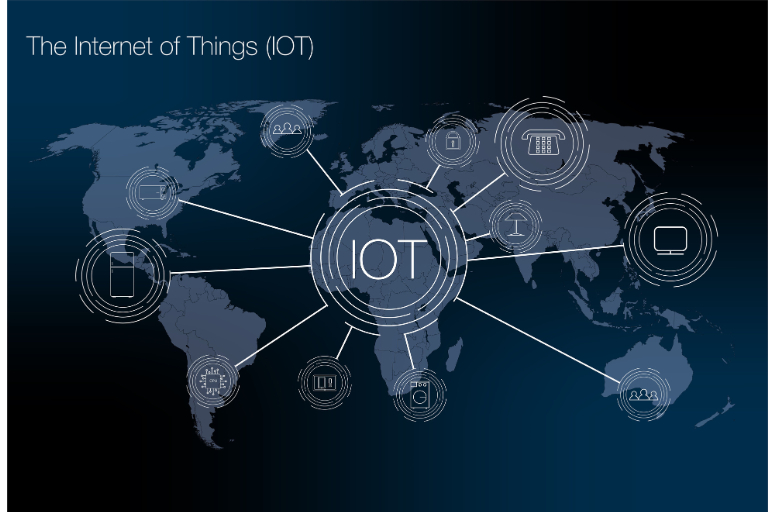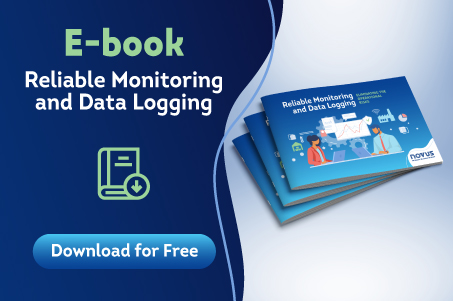New IoT data logger with cutting-edge technology and global connectivity
The development of the LogBox LTE had two main motivations. The first was to create a replacement for the LogBox 3G, whose connectivity technology was dying out. The second motivation was to incorporate the MQTT protocol into the product, a feature not present in the LogBox 3G.
The adoption of LTE (Long Term Evolution) technology in the LogBox LTE was a natural choice in the development process, as it is more modern and immune to a trend of rapid obsolescence since it is compatible with 4G, from where it was born, and with the current 5G. Added to this is the benefit of having a longer range and lower energy consumption. The ability of the communication module used to operate in NB-IoT, CAT-M or even GPRS/2G technologies, in the increasingly rare case that neither of the two previous technologies is available in the region of application, means that you can have wide coverage around the world with a single product. As NOVUS is a global company, it is important to ensure that we have the same delivery and the same data quality anywhere on the planet.
Including the MQTT protocol resulted from several requests, as this protocol is the lingua franca of the Internet of Things today and allows data to be sent to practically all available Cloud services, including NOVUS Cloud. MQTT is based on TCP/IP, and its main application is to send short data packets to a broker, a server that distributes information between various parties. In practice, the use of MQTT means that LogBox LTE can send its data directly to AWS and several other major Cloud solutions on the market and not just to NOVUS Cloud, a limitation in the use of the now discontinued LogBox 3G.
Although we had several other small improvements and modernizations in the LogBox LTE compared to its predecessor, LTE, and the MQTT protocol were the two biggest evolutions and required a completely new electronic circuit and new firmware. It also required some adjustments to the NOVUS Cloud, which receives data from the LogBox LTE, and to the product’s configuration software for Windows. We took advantage of the effort and also created the possibility of configuring the product via the NXperience app, available for both Android and iOS, which accesses the device via MQTT.
Discover all the features of the LogBox LTE IoT data logger: click here.
Article written by Sandro Santos, Director of Research and Development at NOVUS Automation.
Read too:
Wireless data loggers: monitoring processes with high-tech, low-investment devices
Data logging: How many acquisitions can be stored in a data logger?

















